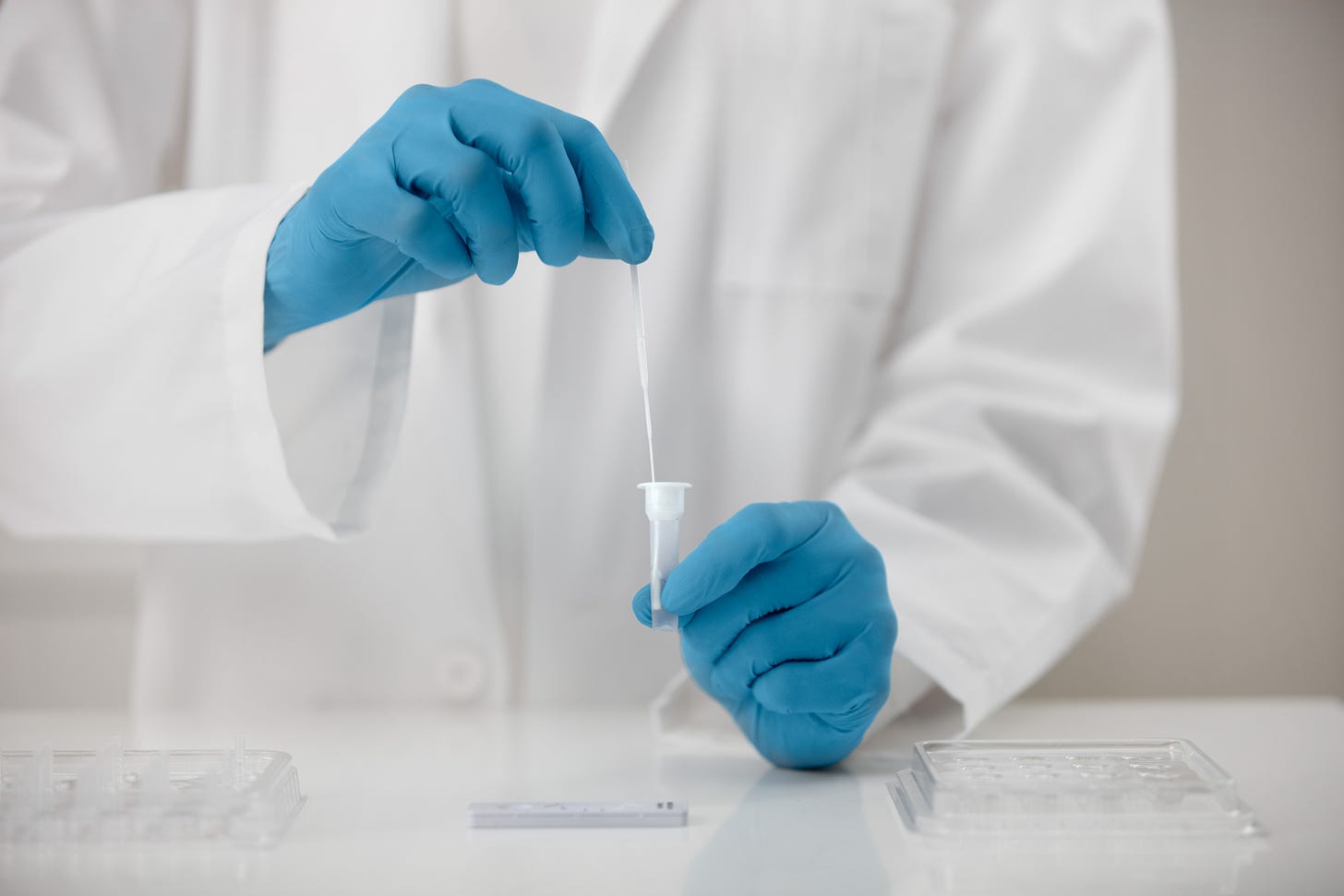Roche launches a human papillomavirus (HPV) self-sampling solution, expanding cervical cancer screening options
Every year, over 604,000 women worldwide are diagnosed with cervical cancer and approximately 342,000 die from this preventable disease, caused by infection with Human Papillomavirus (HPV).
Johannesburg, 20 September, 2022 -Roche (SIX: RO, ROG; OTCQX: RHHBY) today announced the launch of a human papillomavirus (HPV) self-sampling solution in countries accepting the CE mark.
This new solution enables a patient to privately collect her sample for HPV screening while at a healthcare facility, following instructions provided by a healthcare worker.
The clinically-validated vaginal sample is analysed with the Roche cobas® HPV test on a Roche molecular instrument.
Screening for human papillomavirus (HPV) can help identify women who are at risk of developing cervical cancer, so that the disease can be found and treated early before it has a chance to develop.
There are many drivers that contribute to women not participating in cervical cancer screening programs, including limited access to testing, past experiences, embarrassment, and cultural influences.
Roche’s self-sampling solution helps reduce these barriers by offering women an alternative to more invasive clinician collection procedures, while also providing accurate and reliable results enabling clinicians to make patient care decisions.
“Self-sampling technology is poised to transform cervical cancer prevention. In Africa, many barriers still exist for women in need of HPV screening. Underdeveloped nations carry the highest burden of cervical cancer, but access to adequate treatment can be challenging.
“We hope to break down these barriers and address the prevalence of cervical cancer on a wider scale by enabling women to collect their own specimens,” said Jonathan Keytel, Head of Healthcare Transformation at Roche Diagnostics.
In low- and middle-income countries, women are often diagnosed with cervical cancer at a more advanced stage, where the opportunity for cure is low.
By broadening access through removing barriers and enabling screening in additional healthcare environments, Roche highlights its commitment to achieving the World Health Organisation’s global strategy to eliminate cervical cancer and reduce the overall mortality rate.




